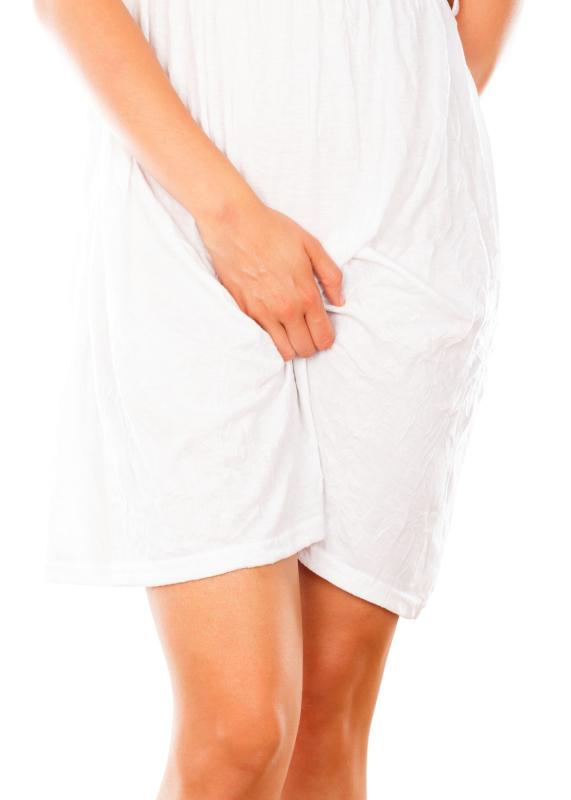
Use of 5% Pueraria mirifica vaginal gel in women with genitourinary syndrome of menopause (GSM) effectively reduces indicators of bacterial vaginosis but does little to alleviate genitourinary symptoms, according to the results of a trial.
Sixty postmenopausal women (average age, 57 years) were randomized to treatment with either P. mirifica gel (n=30) or identical placebo gel (n=30) for 12 weeks. Outcomes assessed were vaginal Nugent score, fungal culture, pH, vaginal health index (VHI), and genitourinary symptoms.
At baseline, there were no significant between-group differences in body mass index, time since menopause in months, frequency of genitourinary symptoms, and endometrial thickness. Each woman had at least one symptom of GSM, with 91.7 percent and 53.3 percent of the population experiencing vaginal dryness and lack of lubrication, respectively.
After 12 weeks of treatment, P. mirifica gel produced significantly larger reduction in Nugent score (mean absolute change, –1.76 vs –0.33; p<0.001) and increase in VHI (mean absolute change, 2.12 vs 0.81; p=0.016) than placebo. The proportion of women with an abnormal Nugent score was smaller in the experimental group (6.7 percent vs 23.3 percent; p=0.006).
However, there was no major difference between the two groups in terms of genital and urinary symptoms, such as burning, sexual discomfort or pain, urinary urgency, dysuria, and recurrent urinary tract infection (p>0.05).
Additional studies examining different concentrations of P. mirifica in vaginal gel are needed to aid in formulating different strengths of product to suit individual women with different degrees of atrophic symptoms, according to the researchers.